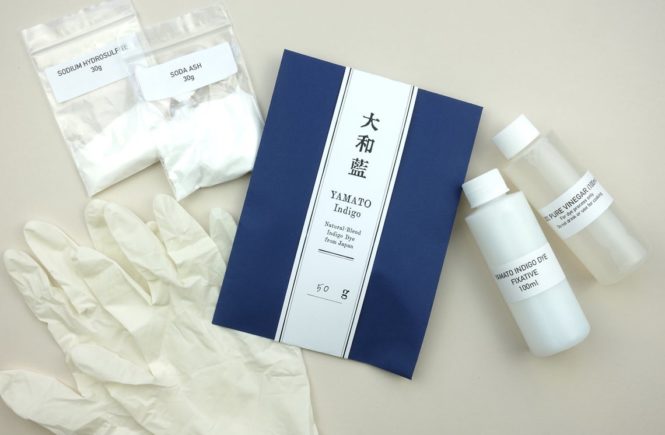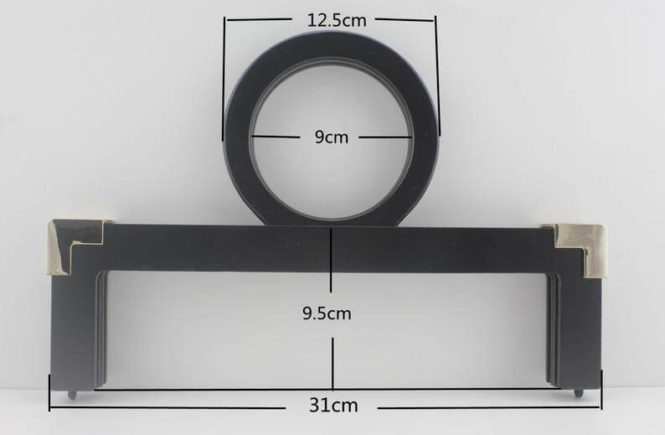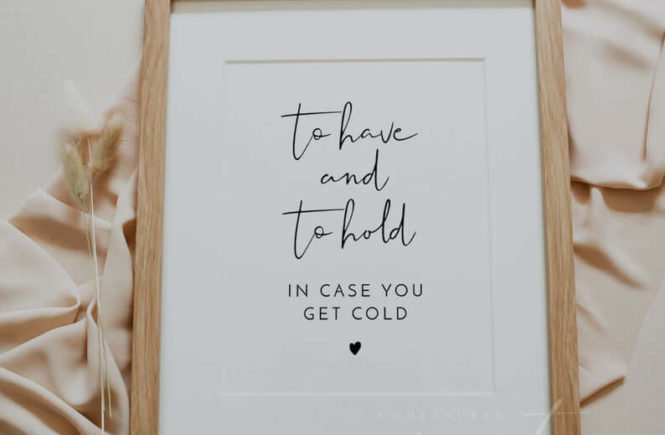[vc_row][vc_column][vc_message]Niche : Clothing and Shoes
Shop link : https://www.etsy.com/shop/YamatoIndigo
Instagram : https://www.instagram.com/yamato_indigo
Website : https://yamatoindigo.com[/vc_message][/vc_column][/vc_row][vc_row][vc_column][vc_column_text]
Tell us something about yourself, how did you get started, do you consider yourself a crafter, maker, artist…
From 2014 to 2016, I worked with a group of indigo farmer-dyers based in Japan and was running a natural indigo dyeing studio in Brooklyn. I was fascinated by the process, history, and culture behind indigo dyeing. I quickly discovered a strong market existed for natural indigo products. After the studio was closed, I focus on my own business, Curious Corners, working with Japanese artisans and their products. Yamato Indigo is one of the products I import from Japan.
I do indigo dyeing, some designing and I host workshops. I enjoy these immensely but I do not consider myself a crafter or artist. I see my role as a producer/manager and enjoy working with talented artisans and makers and promoting their products.
How did you discover Etsy? Did you have any previous experience in selling handmade products? Why did you start selling online?
I knew Etsy from very early on. I even had the pleasure of meeting the founders, around 2005, at their office in Brooklyn. I was helping a group of Japanese businessmen researching upcoming E-commerce and Social Network websites in the US. Etsy was one of the hot new sites, so I emailed to them and set up a meeting and helped with interpreting. I don’t think it would happen that easily now.
I started my own website shop.curiousconers.com to sell Yamato Indigo with other products made with textiles from Japan. Later, I opened an Etsy store exclusively for Yamato Indigo. I then set up a website www.yamatoindigo.com.
What products do you sell, what type of materials are used in your creations, how do you design your products, what makes your products stand out?
I sell Yamato Indigo Dye, a natural indigo dye. I import the dye from Japan (I have an exclusive US distribution agreement with its manufacturer) and repackage it for the US market. I create kits designed to appeal to absolute beginners. The kits are for people who have never tried indigo dyeing and looking for easy kits to start with, which will achieve satisfying results. I put together almost everything needed in the kit. The idea is to minimize what is needed to dye at home or purchase separately.
[/vc_column_text][/vc_column][/vc_row][vc_row][vc_column width=”1/3″][vc_single_image image=”100001563″ img_size=”737×737″ onclick=”link_image” css_animation=”appear” bb_tab_container=””][/vc_column][vc_column width=”1/3″][vc_single_image image=”100001562″ img_size=”737×737″ onclick=”link_image” css_animation=”appear” bb_tab_container=””][/vc_column][vc_column width=”1/3″][vc_single_image image=”100001561″ img_size=”737×737″ onclick=”link_image” css_animation=”appear” bb_tab_container=””][/vc_column][/vc_row][vc_row][vc_column][vc_column_text]
How was your experience in learning to craft, are you self-taught or did you have a mentor, how long did it take for you to be satisfied with your creations
I am completely self-taught in this business. I learn as I go, and I am constantly striving to improve my products.
What was your original goal when you opened up an Etsy shop? What impacted your decision to start selling online? Do you consider online selling as a side-job, full-time job, or extra income to pay for your hobby?
I opened my Etsy shop to reach a larger audience. As Etsy has been a popular market place for makers to source unique materials, as much as for unique handmade products, I believed it is the right market for Yamato Indigo. Now it is one of my major sources of profit.
Did you have any fears or reservations before opening up your Etsy shop? Were you worried about profitability or product competitiveness? What are some concerns and questions you had before you got started? How did you overcome them?
I did not have any concerns before opening my Etsy shop.
How long did it take for you to get your first sale? Did you ever think you would make a lot of sales in the first year? What was the goal you were hoping for? How many sales an average you get per week?
I believe it took a few weeks before I made my first sales. And then it grew faster than I anticipated.
Do you have a job outside Etsy? If not, are you able to commit full-time to online selling? How does your typical day look like? How do you manage time?
I sell other products on my own website, and I run a showroom of Japanese textiles in Manhattan. I work on a variety of other projects with Japanese artisans. I also serve as the director of a fine art gallery in Chelsea, New York City. It is a challenge to manage all this and I wish I were better at managing time!
How does your manufacturing process look like for e.g. your best selling product? Do you create products ahead of the orders? Do you customize your products, if so how? What are the tools that you are using in the manufacturing process?
I try to prepare products and keep my inventory well-stocked so I can ship out as soon as I receive orders.
What is the biggest impact on the profitability of your shop? How expensive are the materials you use? How do you price your products?
There have not been specific incidents or particular products that bumped up my sales. I believe consistency in business and gradually building trust with customers helps the business to grow slow and steady. I pay attention to details of shipping, answering questions quickly, improving photos, and content quality.
Pricing is always the most challenging part. Indigo dye that contains natural pigments is not cheap. Especially after the pandemic of COVID-19, Japan Post stopped shipping to the US, and now I have to work with private shipping companies, which increased my cost. It has always been a struggle to keep the price as low as possible, but I would like to keep it as accessible to clients as possible.
What inspires you when you’re creating? How do you get ideas for new products? What are some methods or tools you use to get creative?
I am not a crafter myself. I have several artists, designers, brands that I admire and follow obsessively and respect from the bottom of my heart. Their creations and inspired IG posts excite me. While some of them are unreachable, I try to imagine what I would have to do, or how I would improve my products to get to work with them. I reflect on how I could get them to use my products and imagine specific plans and steps.
Do you ship your product internationally? How do you handle postage pricing? What is the average time it takes from the order to the delivery? Do you use free shipping? If so, why? How do you package your products?
Yes, I ship internationally. The charge is between $20 and $35 depending on the countries. I ship out within 1 to 5 days and use USPS Priority packaging.
Are you worried about competitors? Does it impact your business in any way? If there are a lot of similar products, how do you make your own standout?
I am not worried about competitors. There are some indigo dye kits, but I am confident that there is no kit like Yamato Indigo. From my experience of running the natural indigo dyeing studio, I know how hard, time-consuming, and often costly, the natural dye process can be. One must devote oneself completely or get tired of the process and never do it again. I have also heard a lot of complaints that the color wouldn’t stay well with a mass-manufactured indigo kit.
Yamato Indigo only requires that it be mixed with water. It is amazing how it instantly becomes a vat that is similar to the Japanese fermenting vat and achieves a beautiful, deep indigo color. Once you dye with it, you will want to dye more!
How do you deal with disputes or bad ratings/feedback? How do you manage presale and post-sale communication and customer satisfaction?
Luckily, I never received bad ratings or feedbacks. I believe replying in a timely manner with clear answers is key.
When I receive complex questions, I ask my editor to review my answers to make sure the answers are clear and professional. (She reviewed this interview answers, too!) Working with a professional editor is one of the best decisions I have made, and I strongly recommend this to artists, makers, small business owners who must communicate directly with customers. I have learned that communicating in a professional language (by email or casual DM) can prevent potential trouble or negative results with clients.
Has selling on Etsy changed your life in any way? If so, how? Did you ever think you would get this far with your shop? Have you ever been stressed about dealing with customers and manufacturing products? How did you deal with that?
I don’t know if I’d consider myself as having come far, but it continues to be a great experience. The only stress I have is related to not being able to reply to client questions in a timely way, or ship out orders quickly enough.
How important is social media for your shop? What are some common tactics you use to promote your products? Do you spend money on ads outside of Etsy? How do you generate excitement/hype around your products?
Social media is extremely important for my shop. Since the lockdown under the COVID pandemic, I started creating tutorial videos of shibori (tie-dyeing) at home for beginners. I also collaborate with artists and brands to create special videos and IG posts.
What are some things you don’t like about Etsy? If you could talk to the CEO of Etsy what recommendations would you tell him to improve sellers and customer satisfaction?
I wish I was able to connect my social network accounts, especially Instagram and YouTube. I’ve been loving the new video feature, though!
What are some things you did to set your shop for success on Etsy? What is one lesson you learned the hard way?
Consistency is the only way.
What piece of advice would you give to new or established sellers or those considering selling on Etsy? How can they avoid beginner mistakes?
Again, consistency is the only way.
[/vc_column_text][/vc_column][/vc_row]



